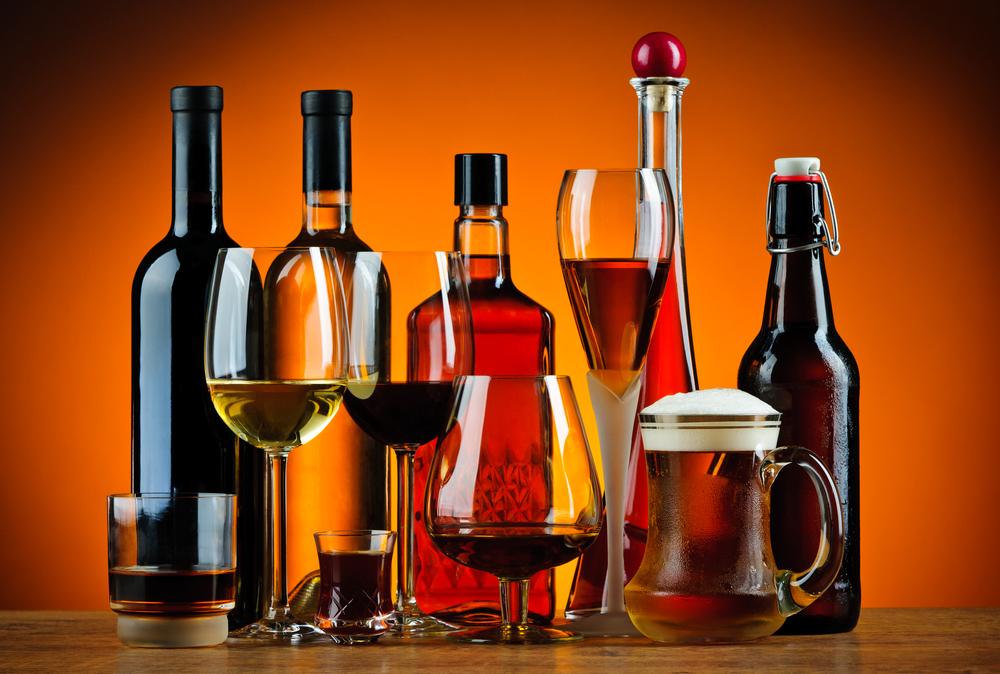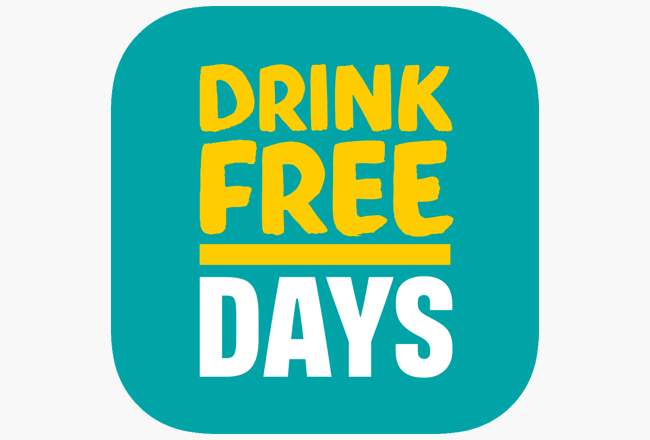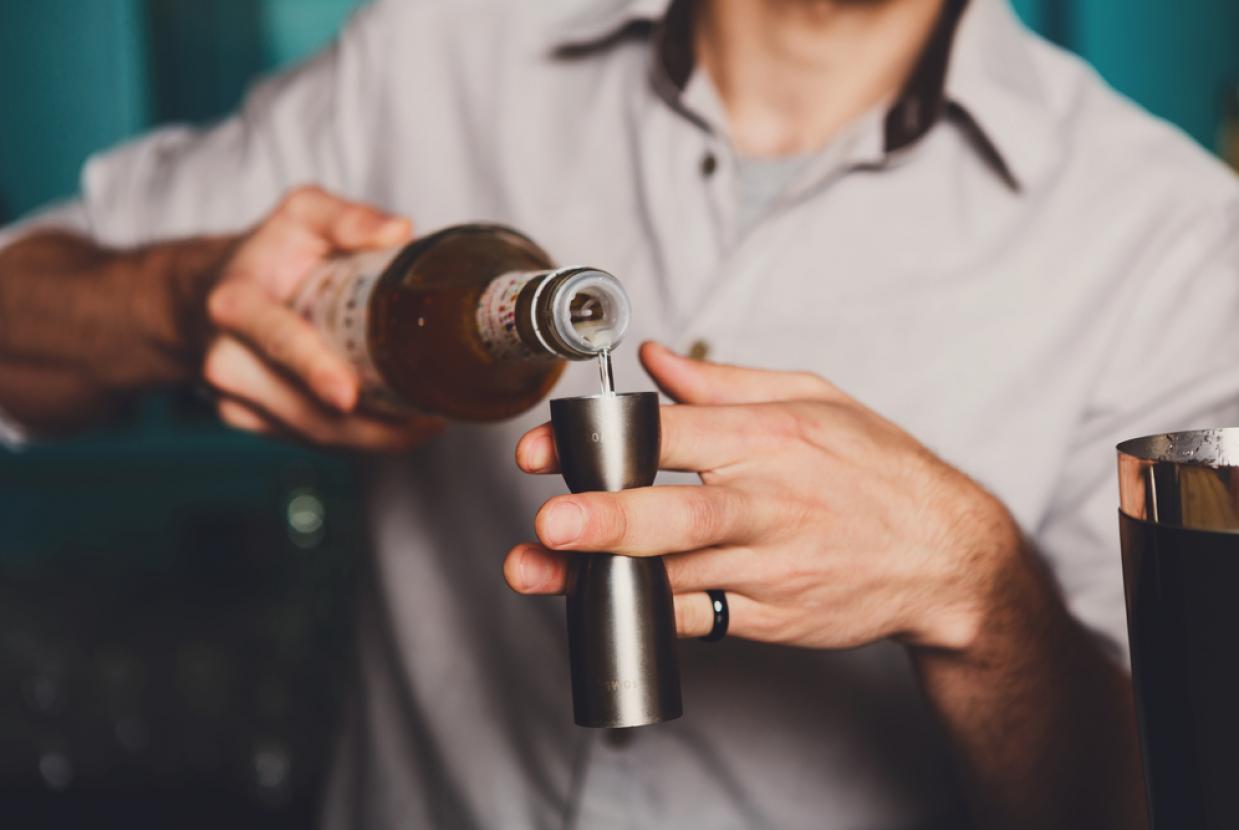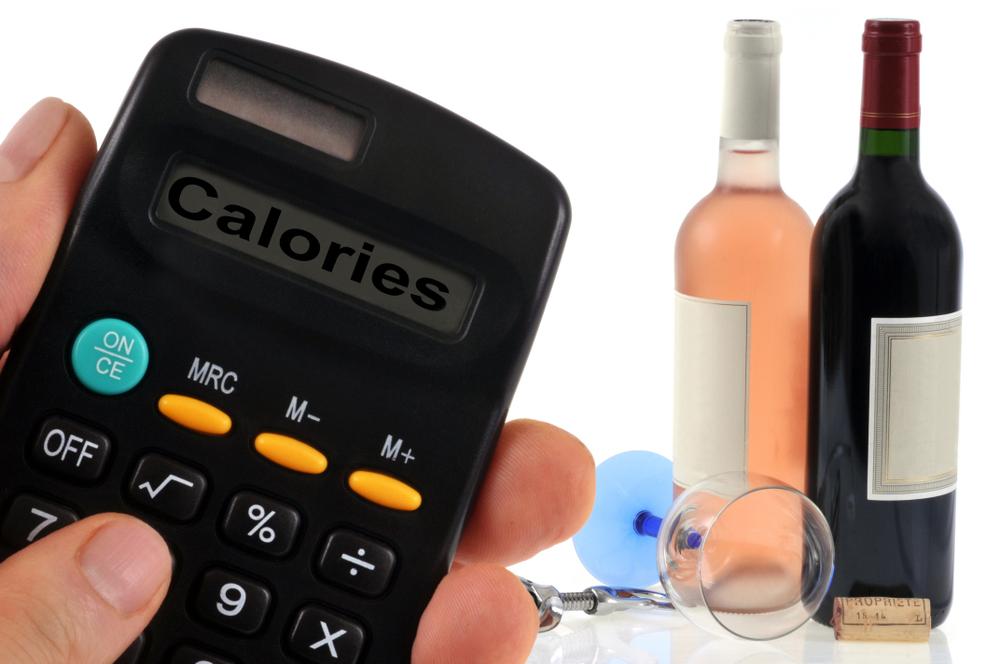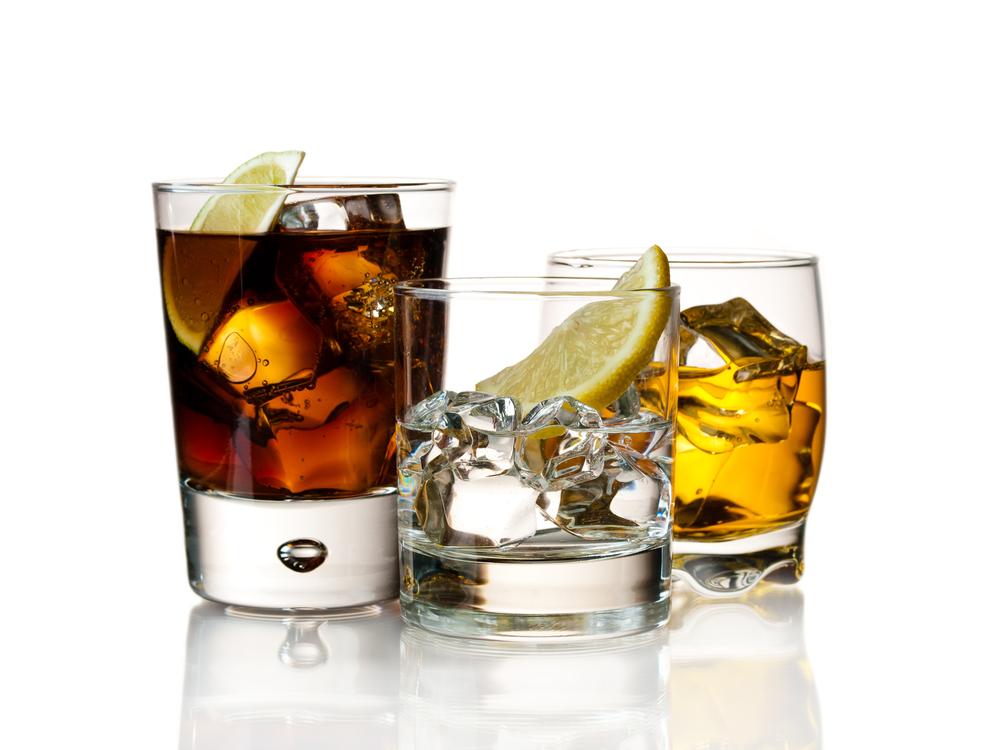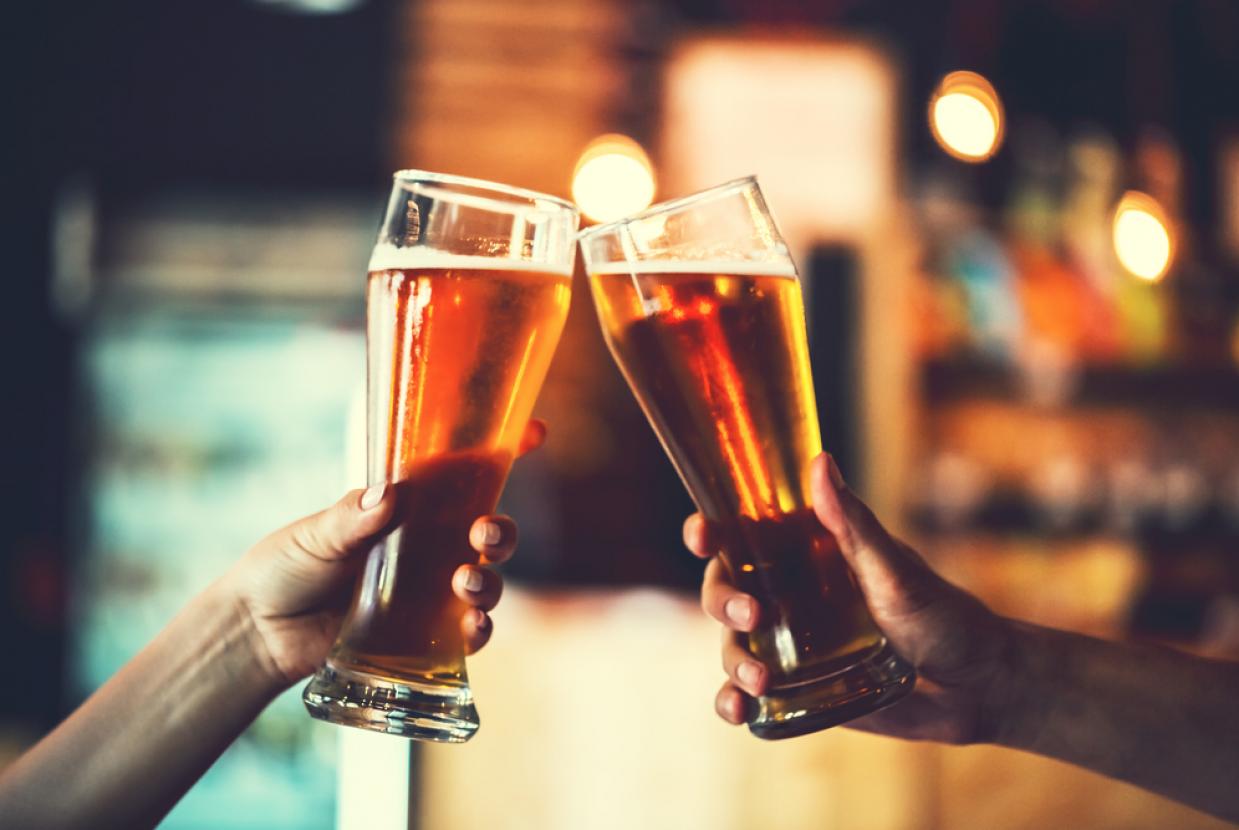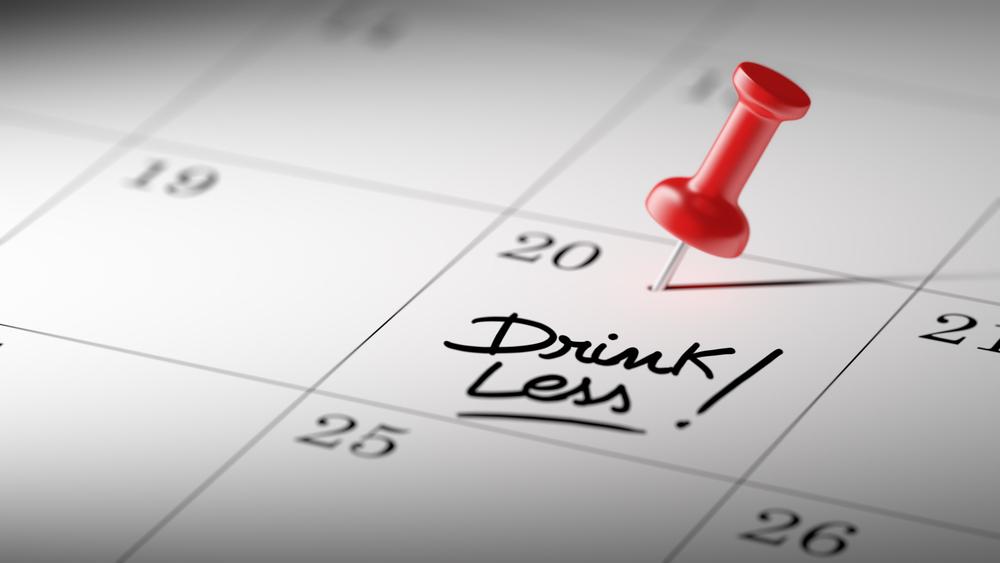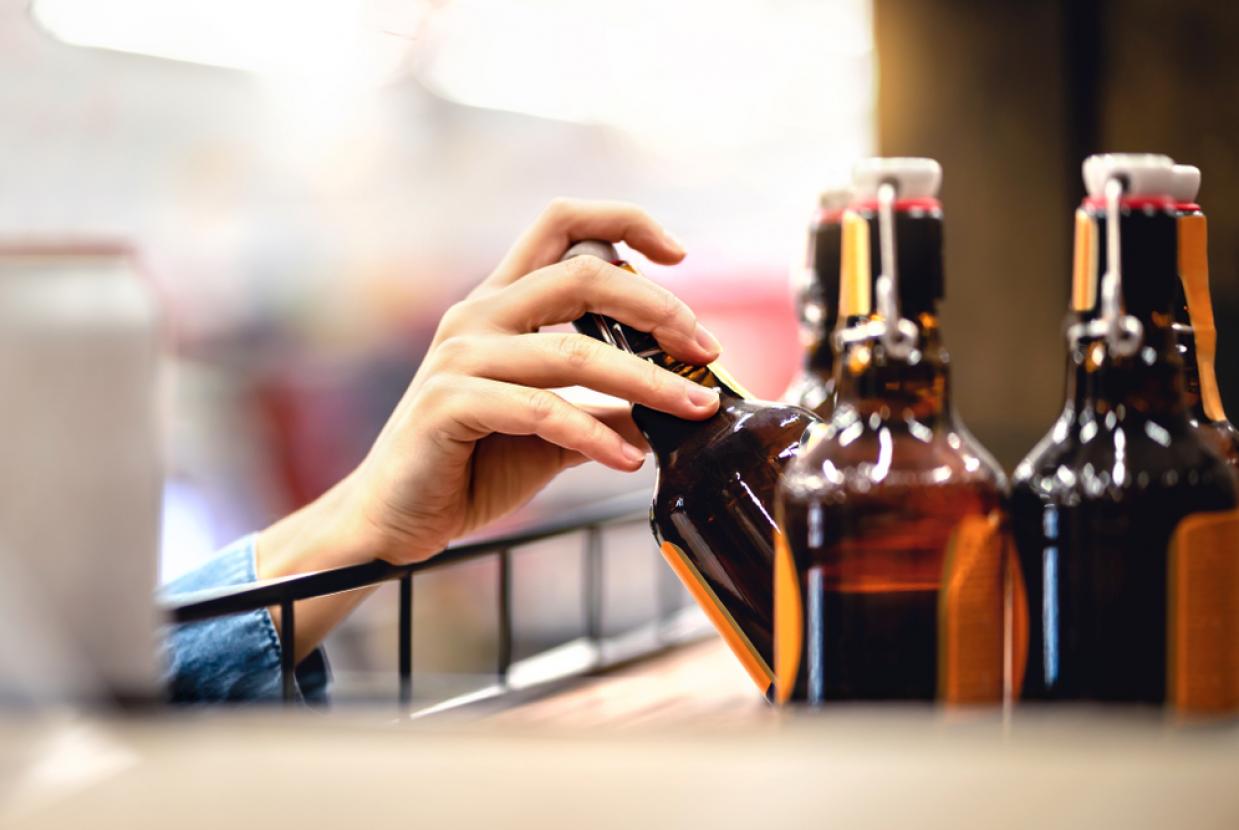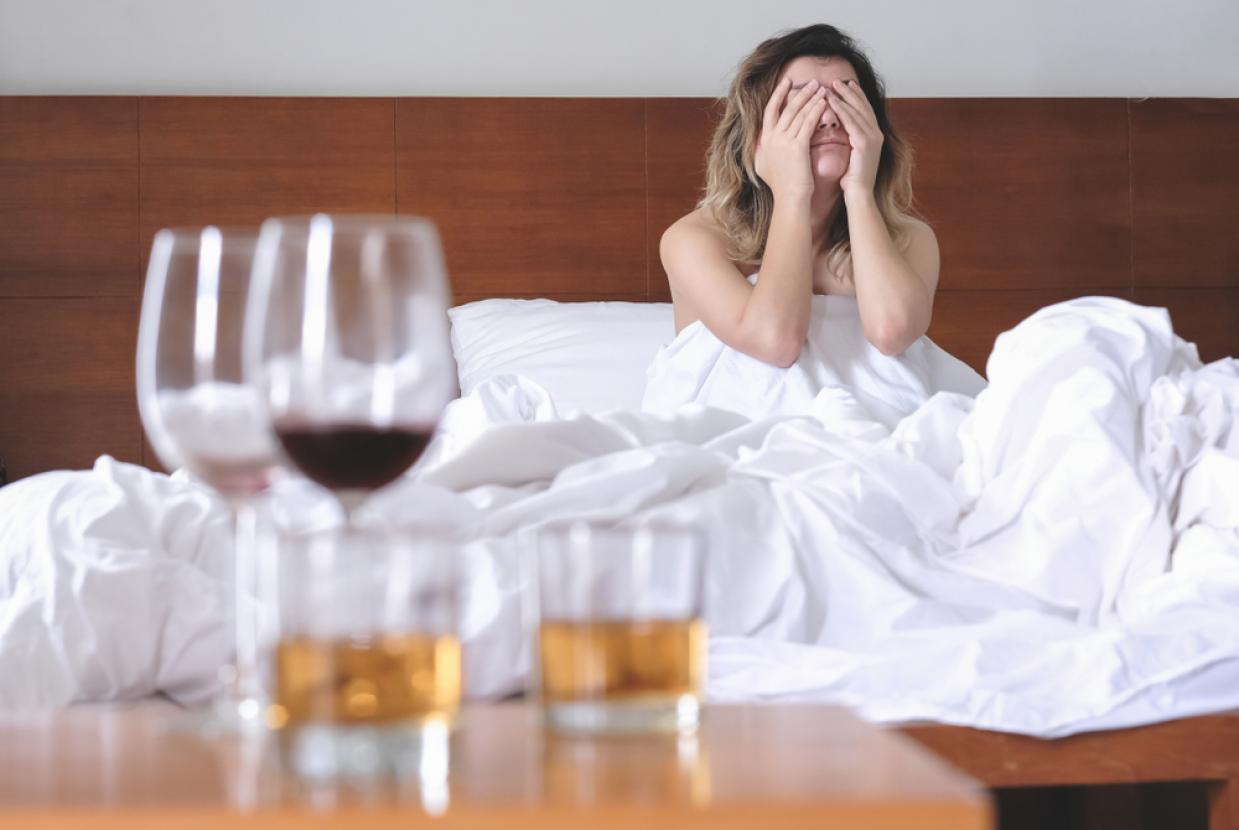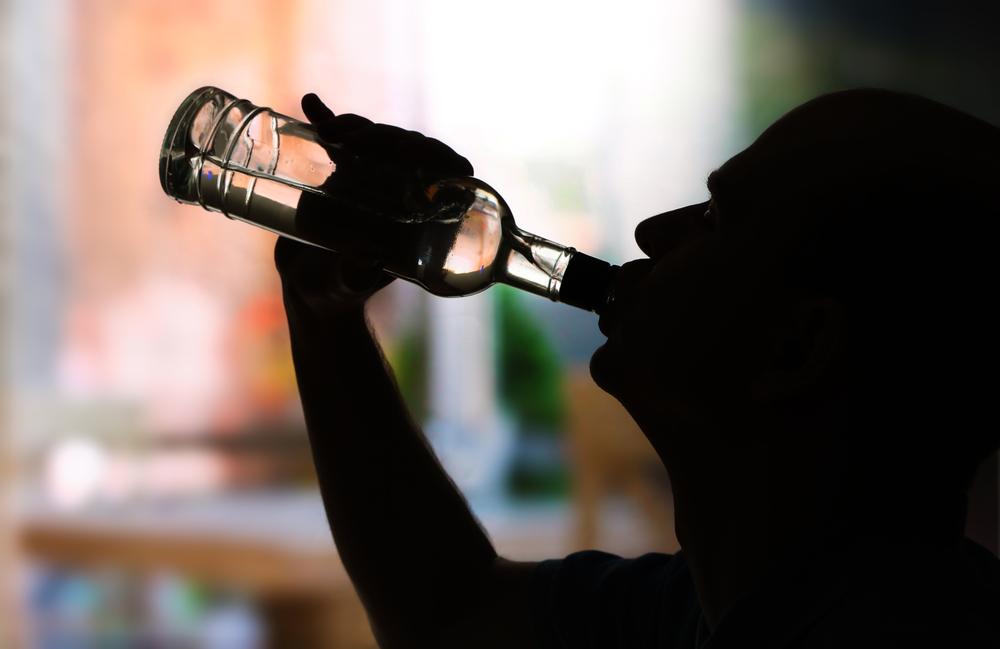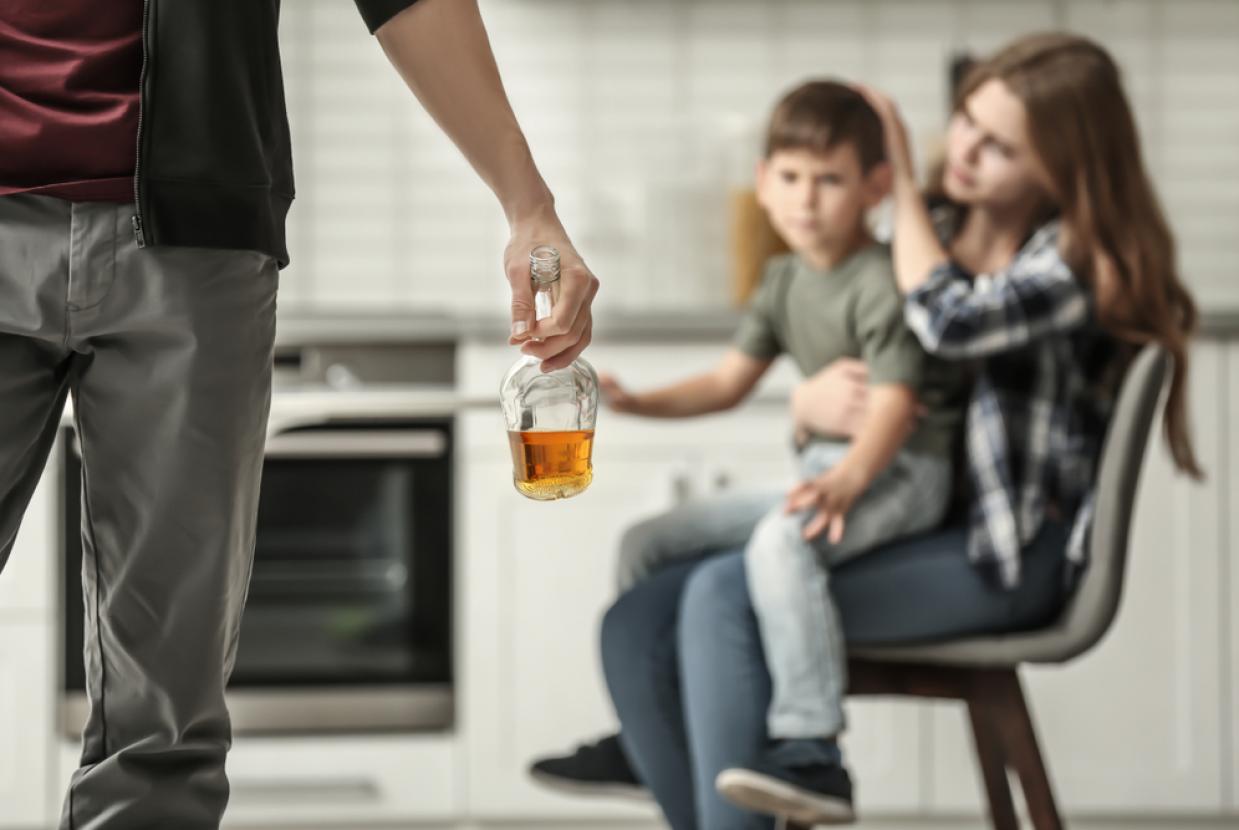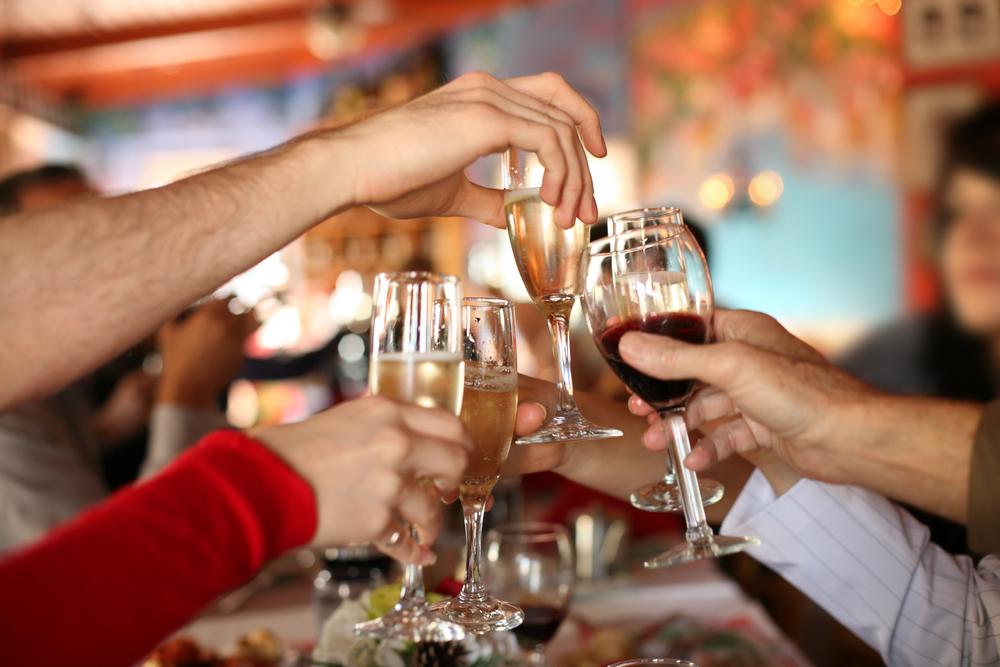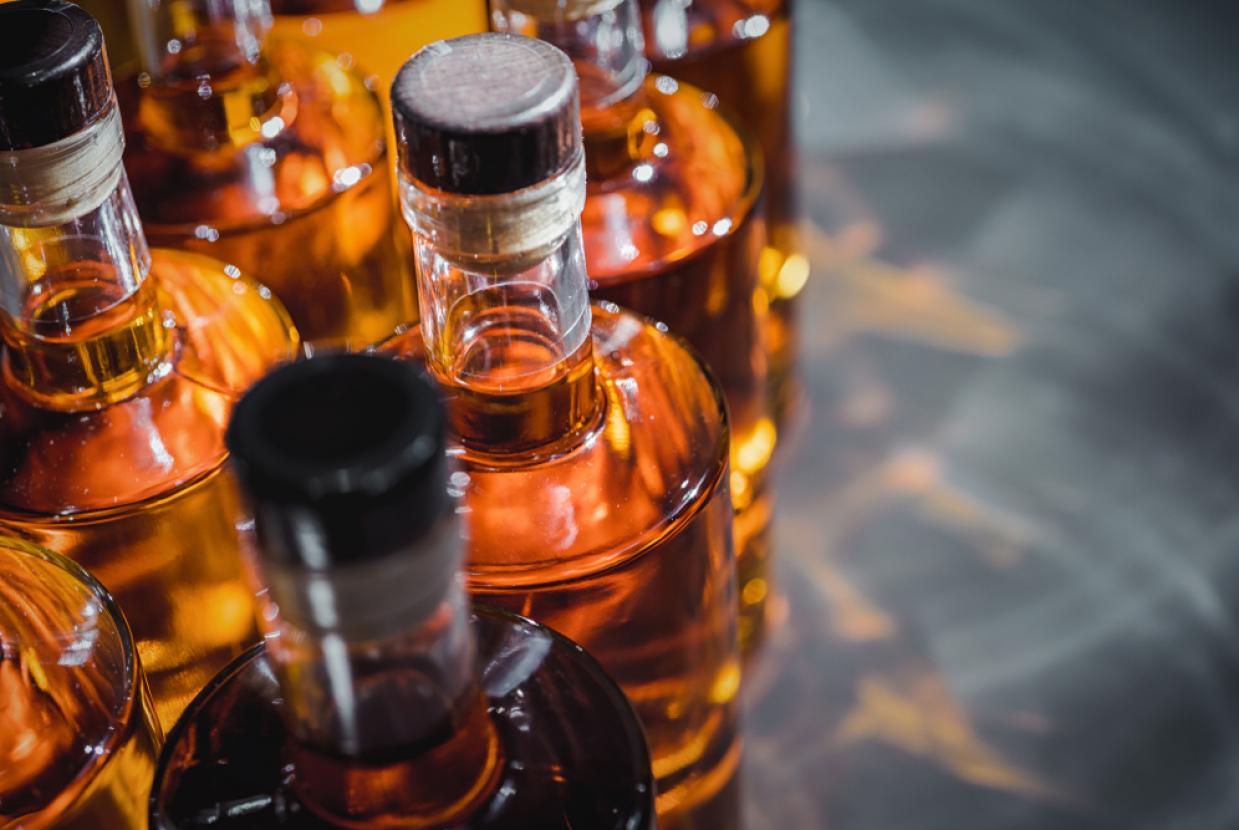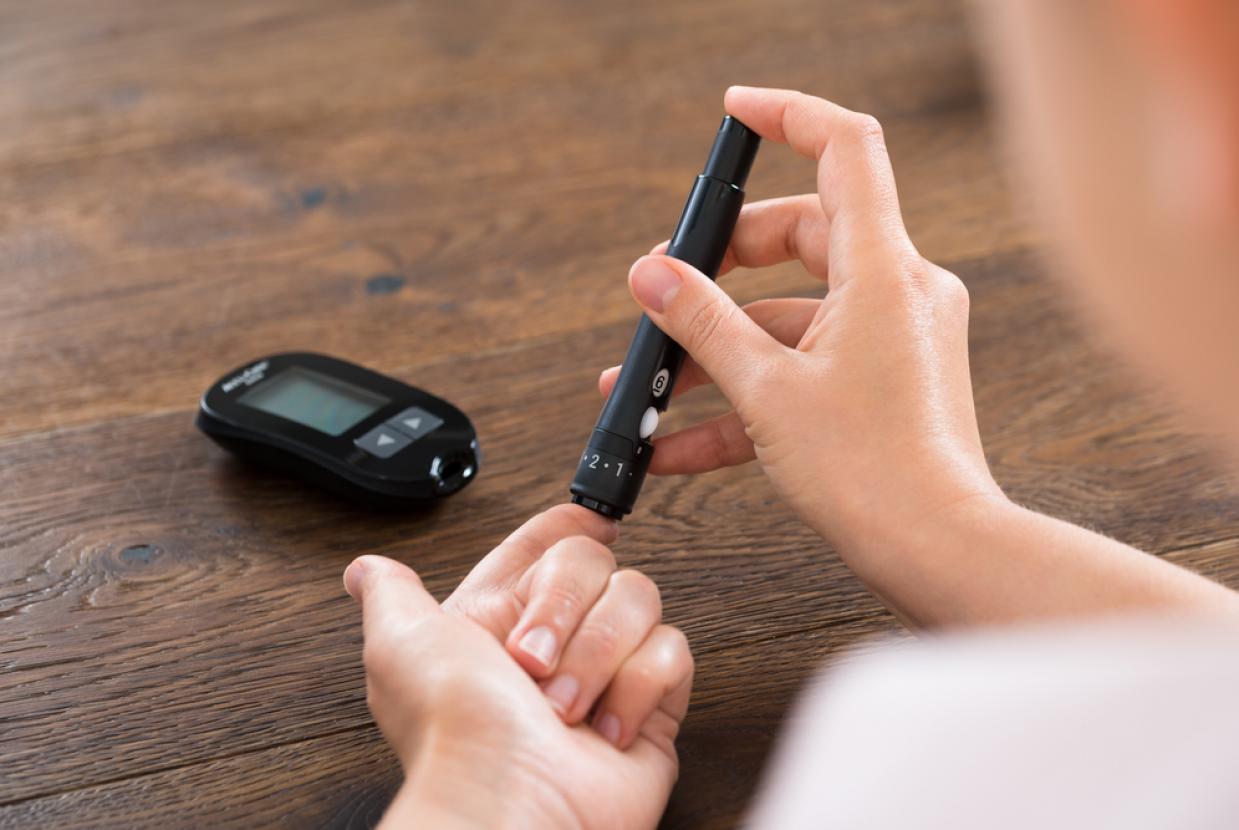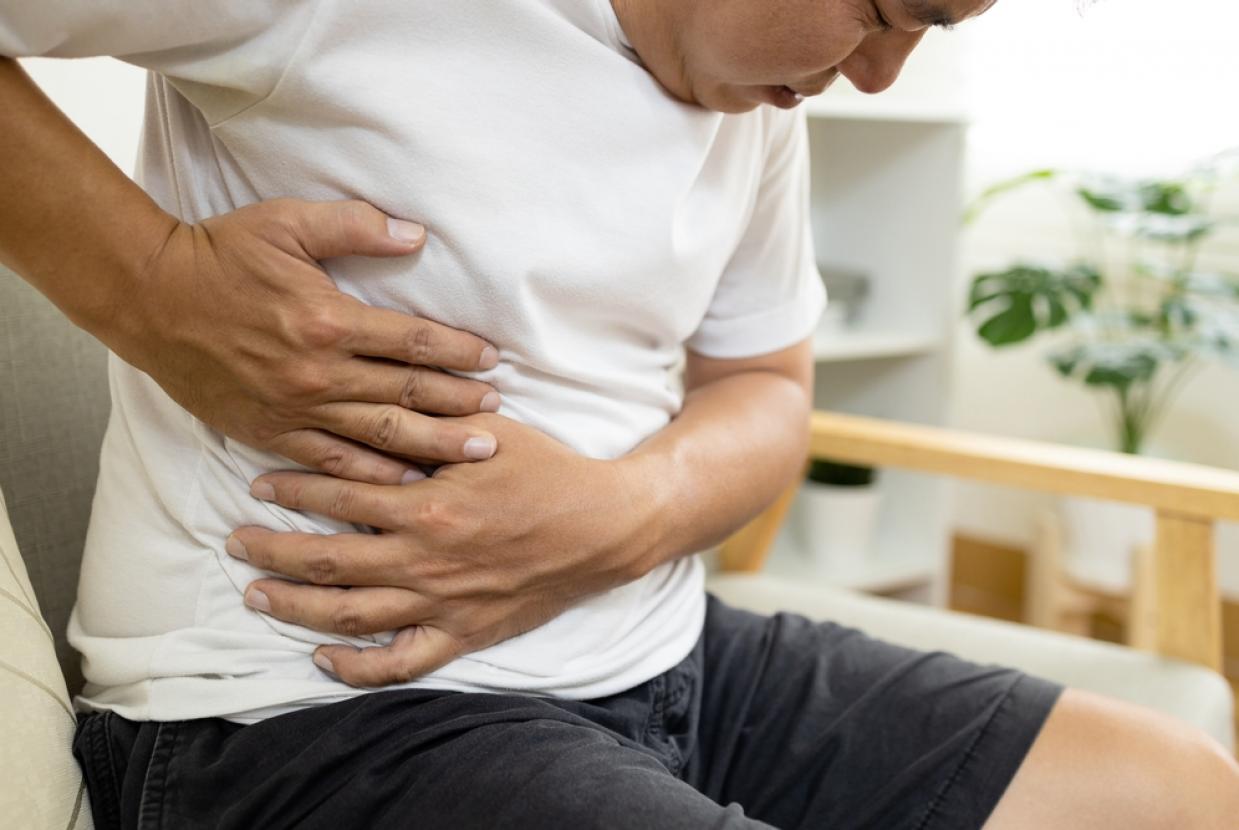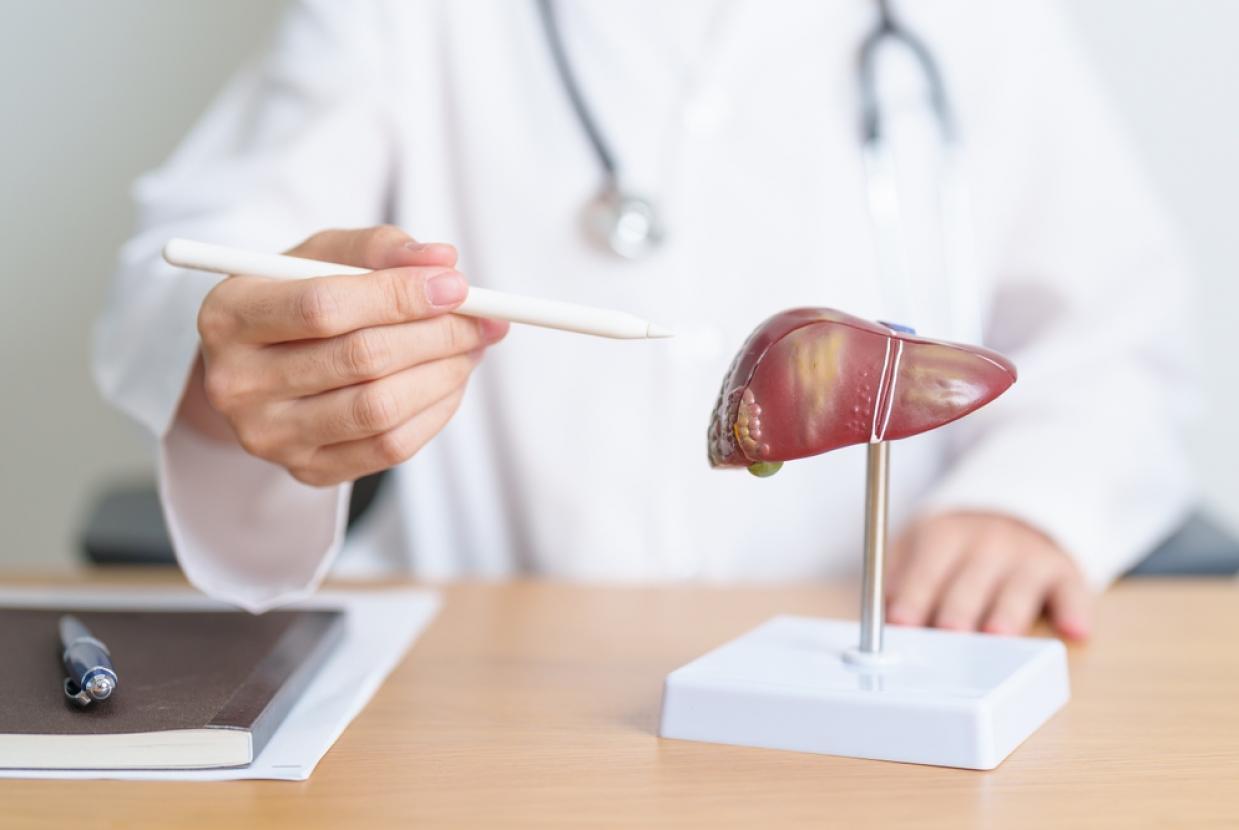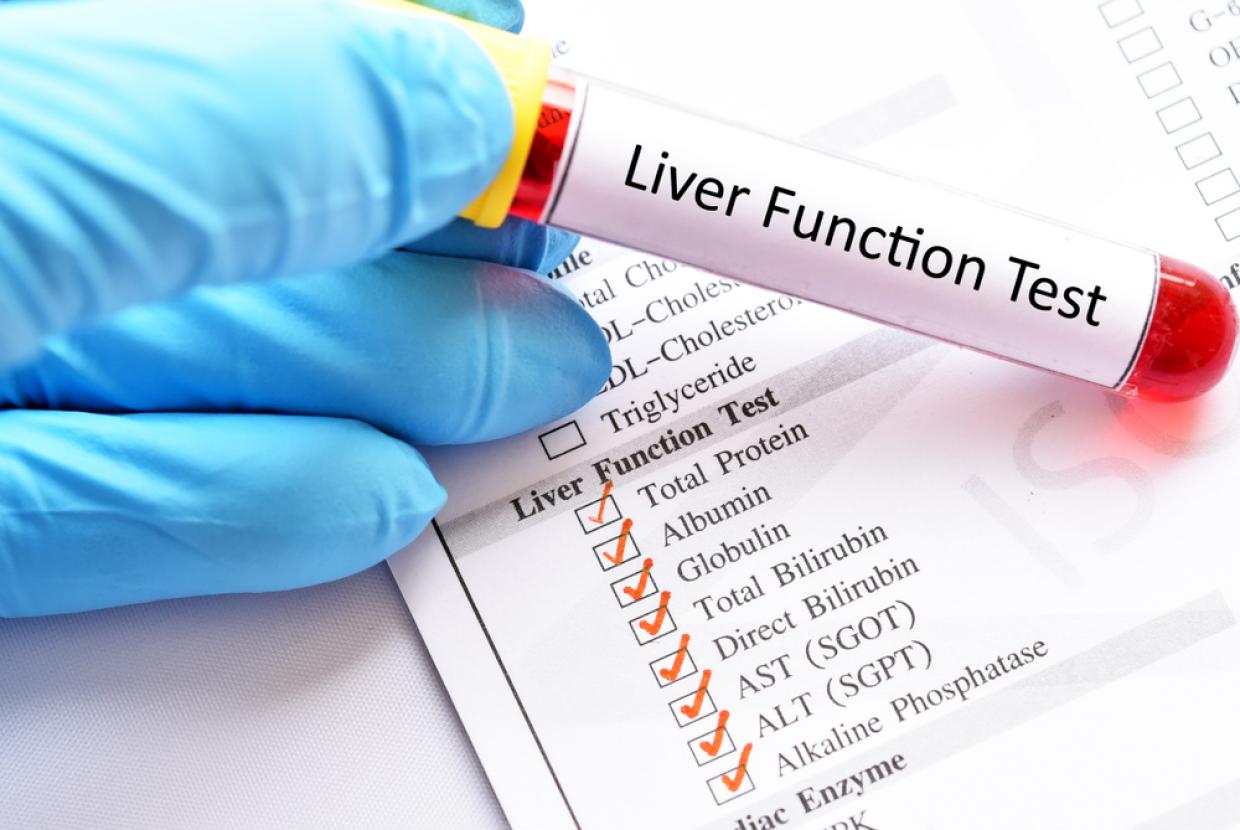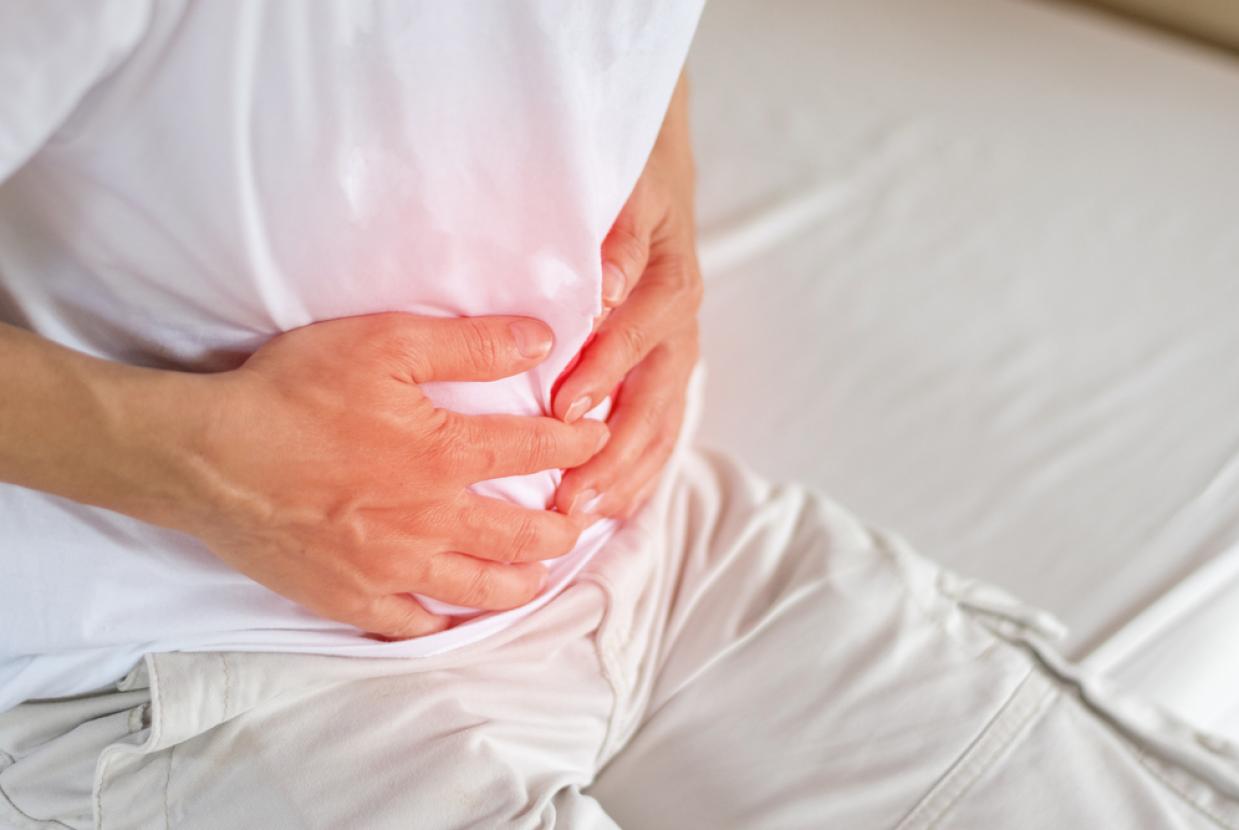How Does My Drinking Add Up?
Alcohol GuidanceSelf-reported alcohol consumption data shows that 24% of adults in Scotland in 2019 exceeded the low-risk weekly drinking guideline for both men and women.
With so many different drinks and glass sizes, from shots to pints – not to mention bottles – it's easy to get confused about units and how much you are drinking.
Units explained
Units are a way to describe the quantity of pure alcohol in a drink. This was developed to help people understand how much alcohol they are drinking, because it is the alcohol itself that is harming people’s health.
The number of units in a drink can vary depending on the bottle or glass size, as well as the strength of the alcohol.
Calculating units
The number of units in a drink can be calculated from the alcohol by volume (ABV) and the size of the drink. The higher the ABV, the stronger the drink.
You can find the ABV on the labels of alcoholic drinks where it's sometimes written as "vol" or "alcohol volume" with the number of units in a bottle often illustrated on the back. Bar staff can explain alcohol content too.
For example, wine that says "12% ABV" or "alcohol volume 12%" means 12% of the volume of that drink is pure alcohol.
Doing the sum
You can work out how many units there are in any drink by multiplying the total volume of a drink (in ml) by its ABV (measured as a percentage) and dividing the result by 1,000.
- strength (ABV) x volume (ml) ÷ 1,000 = units
So, to work out the number of units in a pint (568ml) of strong lager (ABV 5.2%):
- 5.2 (%) x 568 (ml) ÷ 1,000 = 2.95 units
14 units is equivalent to 6 pints of beer, 6 glasses of wine or 7 double measures of spirits.



